I. Introduction
Turkish Airlines, the flag carrier of Turkey, has carved out a significant niche in the global aviation industry. Founded in 1933 with a modest fleet of just five aircraft, the airline has evolved into one of the most successful and expansive carriers in the world. By leveraging its strategic geographical position at the crossroads of Europe and Asia, Turkish Airlines has become a pivotal player in connecting continents and cultures through its extensive network.
Today, Turkish Airlines operates flights to over 300 destinations across more than 120 countries, making it one of the most far-reaching airlines in terms of destinations served. The airline’s commitment to excellence is reflected not only in its modern fleet and high-quality in-flight services but also in its robust safety standards and innovative customer-centric programs. This dedication has garnered numerous awards and accolades over the years, cementing its reputation as a leader in the aviation sector.
As we delve into the comprehensive profile of Turkish Airlines, we will explore its rich history, fleet and services, market position, and competitive strategies. This detailed examination will provide a holistic understanding of how Turkish Airlines has managed to soar to new heights and maintain its standing in an increasingly competitive industry.
II. History and Background
A. Founding and Early Years
Turkish Airlines, officially known as Türk Hava Yolları (THY), was established on May 20, 1933. The airline’s inception was part of the Turkish government’s initiative to modernize the nation and enhance its connectivity with the rest of the world. The initial fleet consisted of just five aircraft: two Curtiss Kingbirds, two Junkers F-13s, and one ATH-9. These early planes marked the humble beginnings of what would grow into one of the world’s most respected airlines. The airline’s first flight took off from Istanbul and landed in Ankara, signaling the start of domestic air travel within Turkey.
B. Expansion and Growth
The post-World War II era was significant for Turkish Airlines as it began to expand its operations. In 1947, the airline conducted its first international flight, connecting Ankara with Athens, marking the beginning of its international presence. Throughout the 1950s and 1960s, Turkish Airlines continued to modernize its fleet, acquiring larger and more efficient aircraft such as the Douglas DC-3 and Vickers Viscount.
The 1980s and 1990s were transformative decades for Turkish Airlines, characterized by rapid expansion and modernization. During this period, the airline introduced jet aircraft like the Boeing 707, 727, and 737 to its fleet, significantly increasing its capacity and range. This allowed Turkish Airlines to extend its network to include destinations in Europe, the Middle East, and Asia. The airline also undertook several marketing and branding initiatives to enhance its global image and attract international travelers.
C. Recent Developments
In the 21st century, Turkish Airlines has continued its trajectory of growth and modernization. The airline joined the Star Alliance network in 2008, which significantly boosted its global connectivity and positioned it as a key player in the international aviation market. Turkish Airlines has also invested heavily in its fleet, incorporating state-of-the-art aircraft like the Boeing 777, Airbus A330, and the Boeing 787 Dreamliner, ensuring enhanced passenger comfort and fuel efficiency.
The opening of the new Istanbul Airport in 2018 marked another milestone for Turkish Airlines, providing a world-class hub for its operations and enabling further expansion. The airline has also focused on improving its in-flight services, including the introduction of premium cabins and advanced entertainment systems, to provide a superior travel experience.
Despite facing challenges such as geopolitical tensions and the global COVID-19 pandemic, Turkish Airlines has demonstrated resilience and adaptability. The airline has implemented rigorous health and safety protocols to protect passengers and staff while continuing to expand its route network and market presence.
Through strategic planning and a commitment to excellence, Turkish Airlines has grown from a modest regional carrier into a leading global airline, renowned for its high standards of service and extensive network.
III. Fleet and Services
Turkish Airlines prides itself on a diverse and modern fleet, alongside a range of exceptional services that cater to various passenger needs. This section delves into the types of aircraft the airline operates, the in-flight services offered, and the benefits of its frequent flyer program.
A. Types of Aircraft
Turkish Airlines operates a vast and varied fleet to serve its extensive network of destinations. The fleet includes both wide-body and narrow-body aircraft, designed to cater to different route requirements and passenger capacities.
Wide-Body Aircraft
The wide-body fleet primarily consists of models such as the Boeing 777-300ER and the Airbus A330-300. These aircraft are typically used for long-haul flights, offering spacious cabins and advanced amenities to ensure passenger comfort on long journeys. The Boeing 787-9 Dreamliner and the Airbus A350-900 have also been introduced to the fleet, representing the latest in aviation technology with enhanced fuel efficiency and passenger comfort.
Narrow-Body Aircraft
For short to medium-haul routes, Turkish Airlines relies on its narrow-body fleet, which includes the likes of the Boeing 737-800 and the Airbus A321. These aircraft are optimized for shorter journeys, providing efficient service while maintaining high standards of comfort and safety.
B. In-flight Services
Turkish Airlines is renowned for its superior in-flight services, which are designed to enhance the travel experience for passengers across all classes.
Economy Class
Even in Economy Class, passengers are treated to a high level of service. Seats are ergonomically designed to provide maximum comfort, and each seat is equipped with a personal entertainment system offering a wide selection of movies, TV shows, music, and games. Complimentary meals and beverages are served, with a focus on quality and variety, often featuring Turkish and international cuisine.
Business Class
Business Class passengers enjoy an elevated experience with lie-flat seats, increased privacy, and enhanced dining options. The airline’s “Flying Chef” program ensures that meals are prepared to gourmet standards, offering a restaurant-like experience at 30,000 feet. Business Class passengers also benefit from priority boarding, extra baggage allowance, and access to luxurious airport lounges.
In-flight Entertainment and Connectivity
Turkish Airlines offers an extensive in-flight entertainment system, branded as “Planet,” which is available across the fleet. Passengers can enjoy a vast library of content, from the latest blockbuster movies to classic films, TV series, music, and games. Additionally, the airline provides in-flight Wi-Fi on many of its aircraft, enabling passengers to stay connected during their flight.
C. Frequent Flyer Program
Turkish Airlines’ frequent flyer program, Miles&Smiles, is designed to reward loyal customers with a range of benefits and privileges.
Earning and Redeeming Miles
Members of Miles&Smiles can earn miles not only by flying with Turkish Airlines but also through its Star Alliance partners and various other affiliated airlines. Miles can be redeemed for free flights, upgrades, extra baggage allowance, and access to exclusive airport lounges.
Membership Tiers
The Miles&Smiles program features multiple membership tiers—Classic, Classic Plus, Elite, and Elite Plus. Each tier offers increasing benefits, such as priority check-in, extra baggage allowances, and access to business lounges. Elite and Elite Plus members also enjoy additional perks, including guaranteed seat availability and preferential treatment in case of overbooking.
In conclusion, Turkish Airlines’ fleet and services are designed to offer a seamless and enjoyable travel experience. From a modern and efficient fleet to top-tier in-flight services and a rewarding frequent flyer program, the airline continues to set high standards in the aviation industry.
IV. Market Position and Competitiveness
Turkish Airlines has established itself as a formidable player in the global aviation industry. This section delves into its market position, competitive strategies, and key partnerships and alliances that have contributed to its success.
A. Market Share
Turkish Airlines is recognized as one of the world’s leading airlines, consistently ranking among the top carriers in terms of passenger numbers and destinations served. The airline boasts an extensive network that spans over 300 destinations across more than 120 countries, making it one of the most geographically diverse airlines. As of the latest reports, Turkish Airlines has a significant market share in both its home market of Turkey and in numerous international markets. The airline’s strategic hub at Istanbul Airport, one of the world’s busiest airports, has bolstered its market position, allowing it to efficiently connect passengers from East to West and North to South.
B. Competitive Strategies
To maintain and enhance its competitiveness, Turkish Airlines employs several strategic initiatives:
- Network Expansion: Turkish Airlines continually expands its route network, targeting underserved and emerging markets. This approach not only increases its market presence but also attracts a diverse range of passengers.
- Customer Experience: The airline places a strong emphasis on providing a superior customer experience. From modern, comfortable aircraft to high-quality in-flight services and amenities, Turkish Airlines strives to ensure passenger satisfaction. The airline’s commitment to excellence is reflected in numerous awards and accolades it has received over the years.
- Operational Efficiency: Turkish Airlines invests in state-of-the-art technology and infrastructure to enhance operational efficiency. The use of advanced aircraft, optimized flight routes, and efficient ground operations contribute to reduced costs and improved service reliability.
- Brand Positioning: The airline’s marketing efforts highlight its unique selling propositions, such as its extensive route network, cultural connections, and world-class service. Sponsorships, partnerships, and advertising campaigns are strategically utilized to strengthen brand recognition and loyalty.
- Sustainability Initiatives: Recognizing the growing importance of environmental sustainability, Turkish Airlines has implemented various initiatives to reduce its carbon footprint. These include investing in fuel-efficient aircraft, optimizing flight operations to minimize emissions, and participating in global sustainability programs.
C. Partnerships and Alliances
Turkish Airlines’ strategic partnerships and alliances play a crucial role in enhancing its market position and competitiveness. The airline is a member of the Star Alliance, the world’s largest global airline alliance, which provides passengers with access to an extensive network of flights and benefits across member airlines. This membership allows Turkish Airlines to offer seamless travel experiences, frequent flyer benefits, and coordinated schedules with other leading airlines.
Additionally, Turkish Airlines has forged bilateral partnerships with various airlines, allowing for code-sharing agreements, joint ventures, and collaborative marketing efforts. These partnerships enable Turkish Airlines to expand its reach, offer more travel options to passengers, and strengthen its presence in key markets.
In conclusion, Turkish Airlines’ robust market position and competitive edge can be attributed to its expansive route network, customer-centric approach, operational efficiency, strategic branding, and commitment to sustainability. By leveraging its strengths and forming strategic alliances, the airline continues to thrive in the highly competitive aviation industry, positioning itself as a preferred choice for travelers worldwide.
V. Conclusion
Turkish Airlines stands as a prominent figure in the global aviation industry, a testament to its strategic growth, commitment to service excellence, and adaptive market strategies. From its humble beginnings in 1933 with just a handful of aircraft, the airline has evolved into a major player, boasting a diverse and modern fleet that serves destinations across the globe.
Throughout its history, Turkish Airlines has navigated the complexities of the aviation market through strategic expansions and continuous innovation. The airline’s ability to adapt and grow, even amidst global challenges, underscores its resilient business model and forward-thinking leadership.
The airline’s fleet comprises a mix of long-haul and short-haul aircraft, enabling it to cater to a wide range of passenger needs and preferences. Turkish Airlines has also distinguished itself with superior in-flight service, offering a blend of traditional Turkish hospitality and cutting-edge amenities. The frequent flyer program, Miles&Smiles, further enhances customer loyalty by providing valuable rewards and benefits.
In terms of market position, Turkish Airlines has carved out a significant share, particularly in connecting Europe and Asia through its strategically located hub in Istanbul. The airline’s competitive strategies, including leveraging its geographical advantage, maintaining a modern fleet, and cultivating a strong brand identity, have been pivotal to its success. Additionally, partnerships and alliances, such as membership in the Star Alliance, have amplified its global reach and operational synergies.
In conclusion, Turkish Airlines’ journey from a regional carrier to a global aviation leader is a remarkable narrative of vision, perseverance, and strategic execution. As it continues to innovate and expand, Turkish Airlines is well-positioned to navigate the future challenges of the aviation industry, maintaining its status as a preferred choice for millions of travelers worldwide.
Catch up on the top stories and travel deals by subscribing to our newsletter!

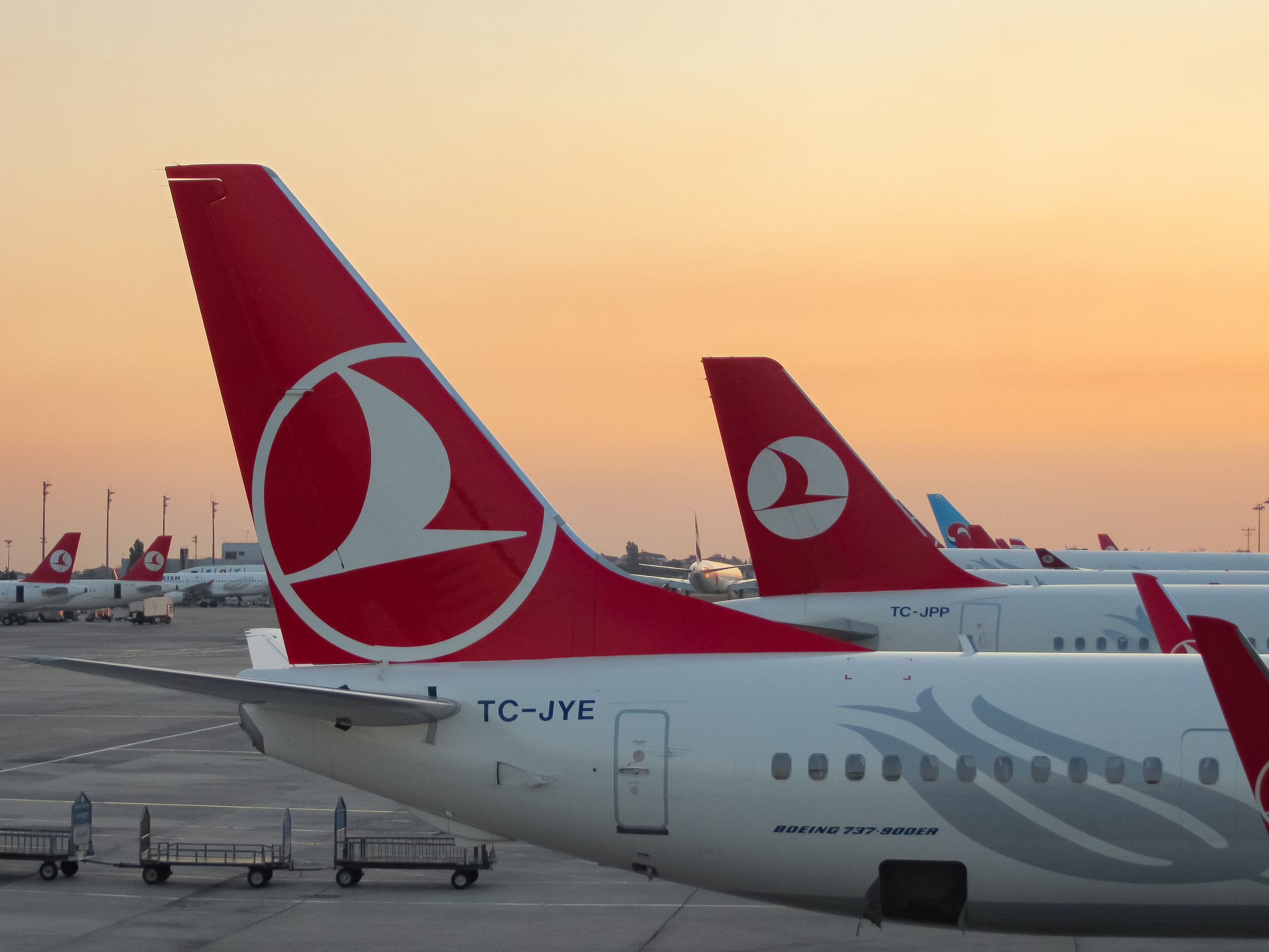

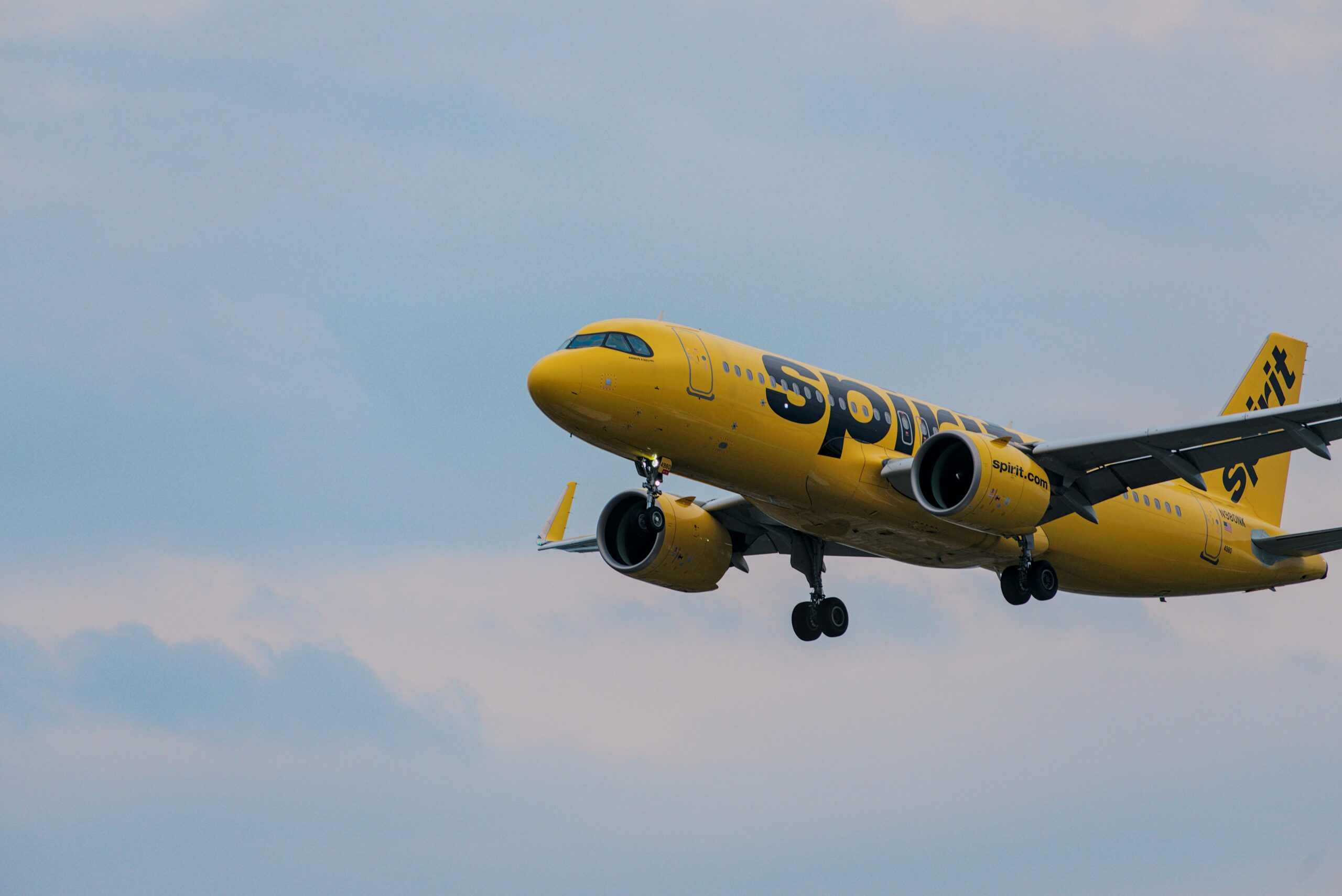
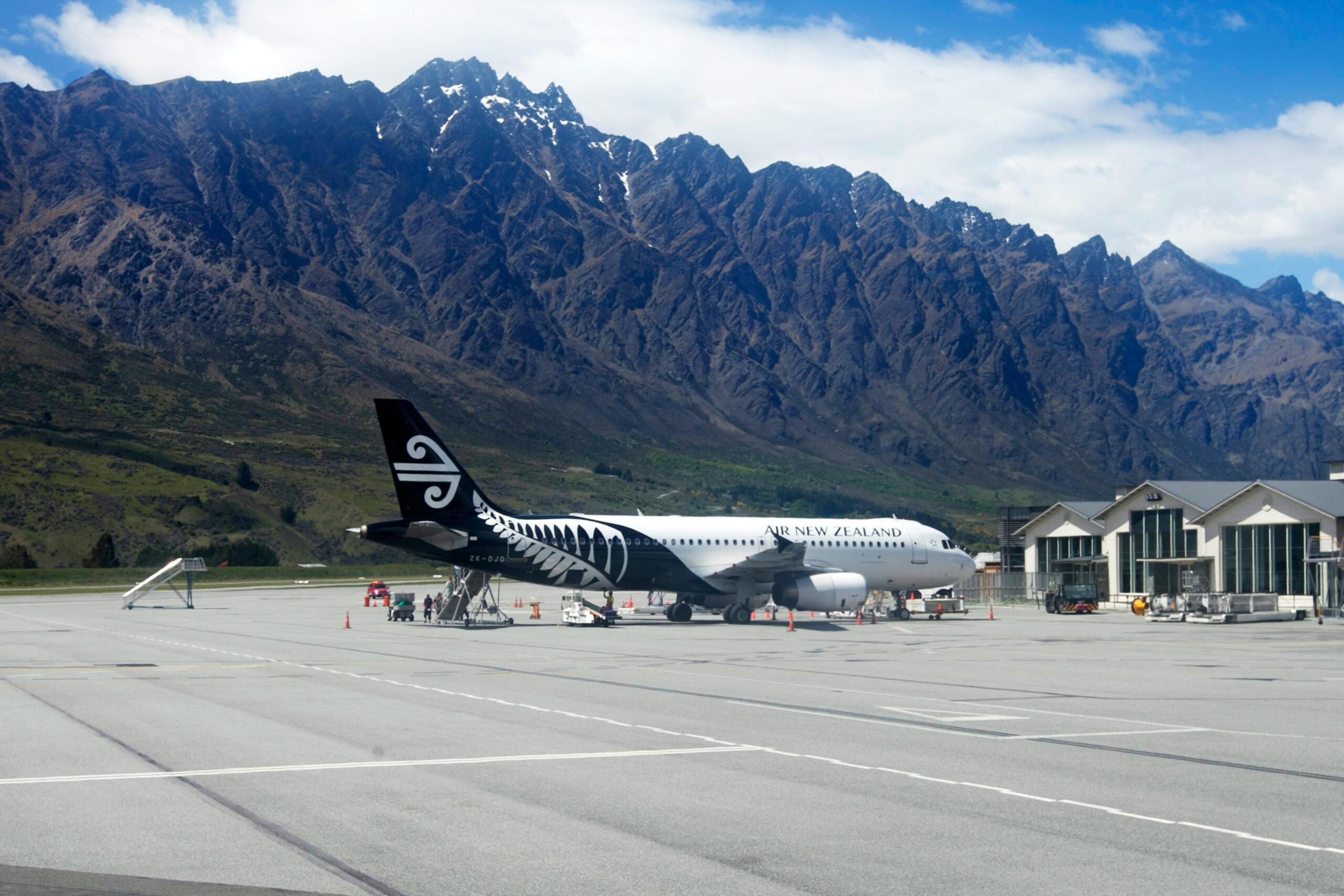
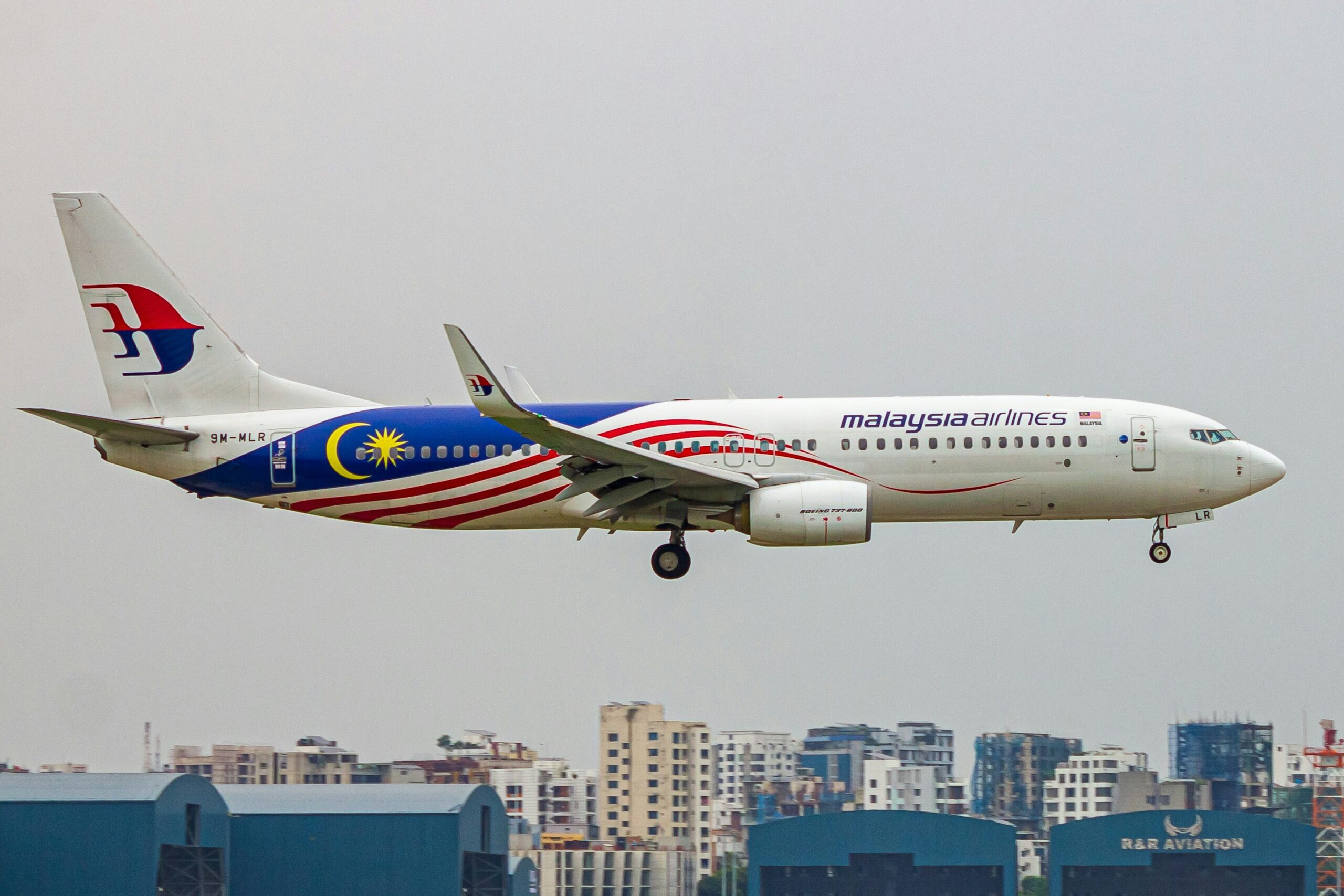
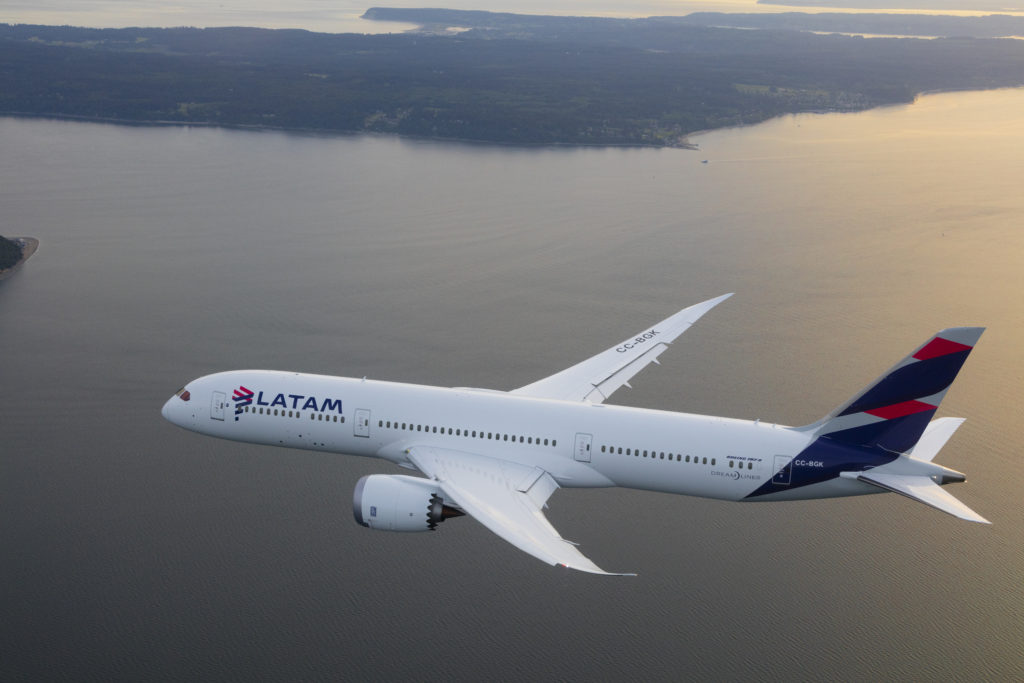
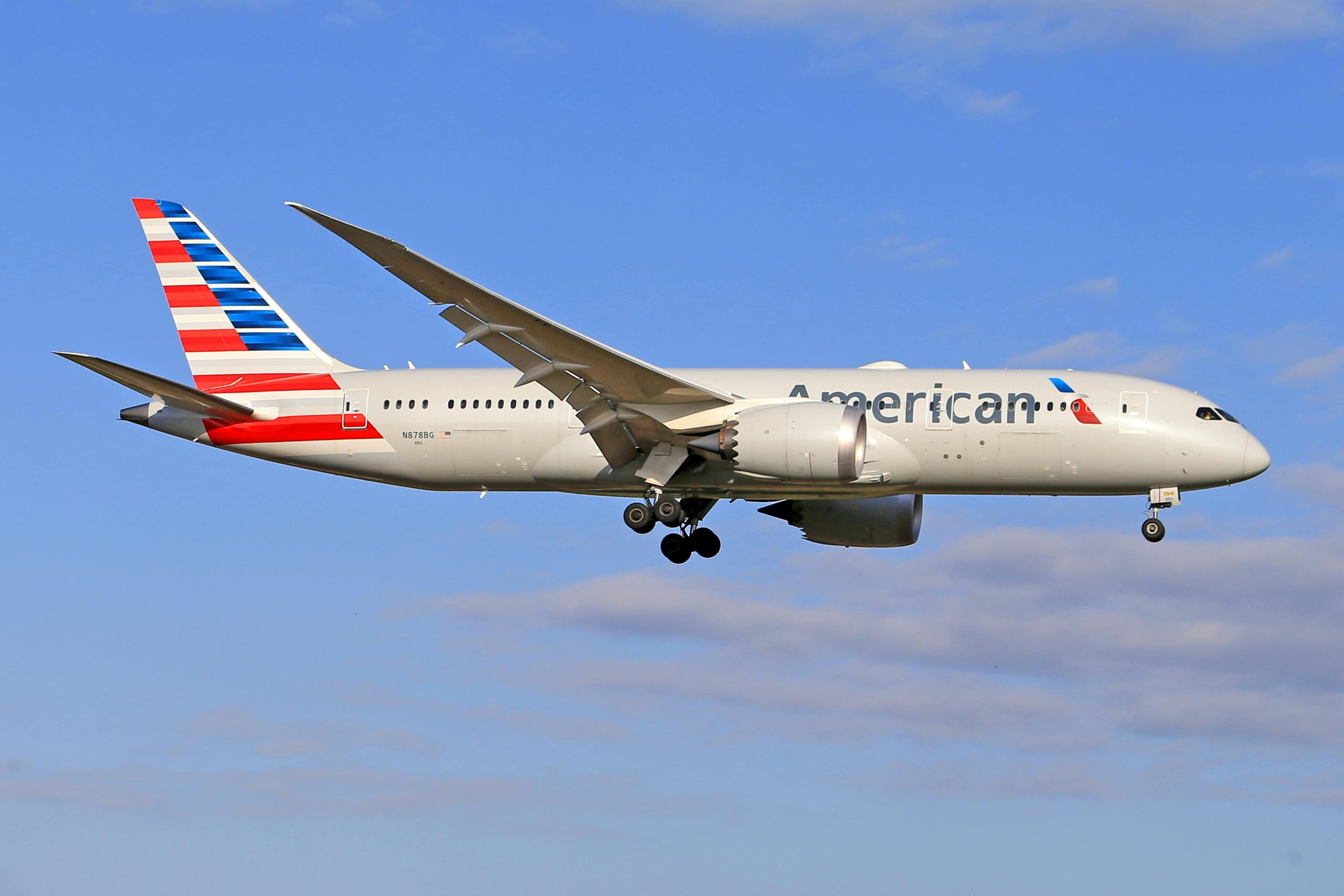

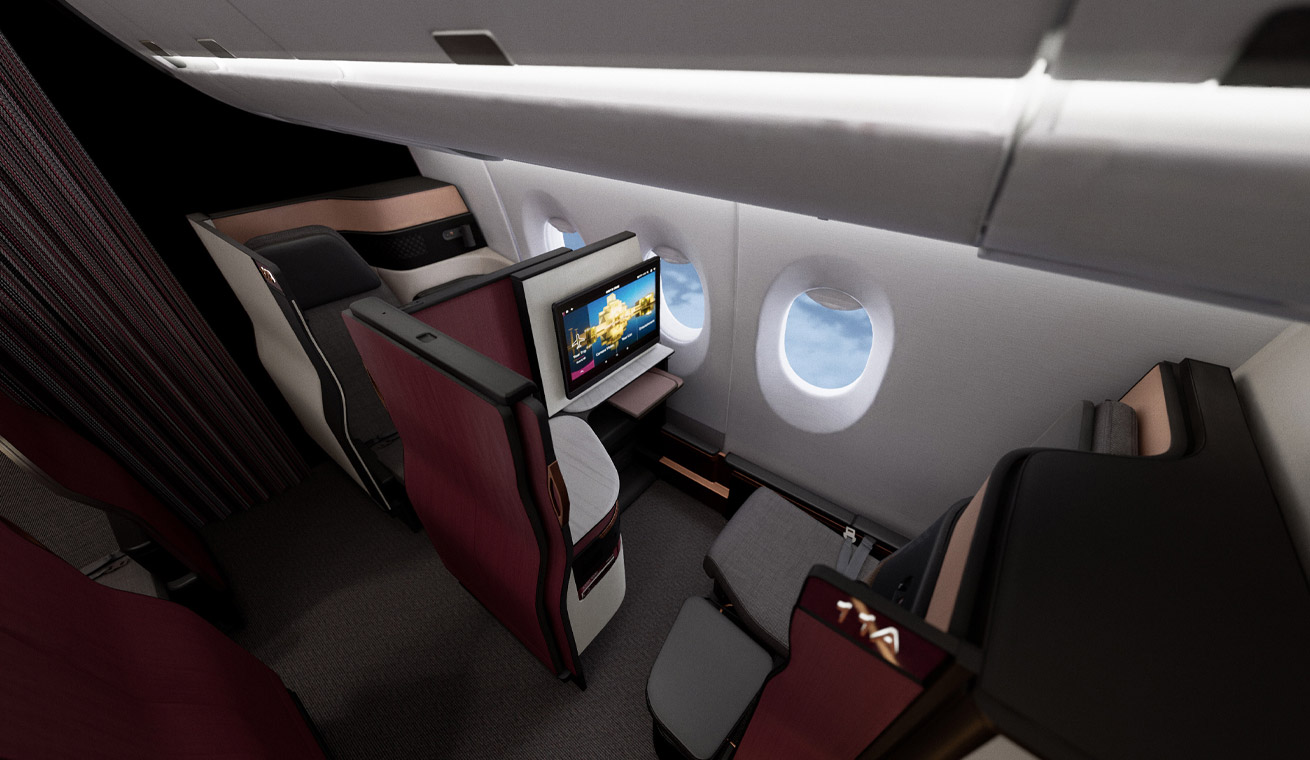


Leave a Reply